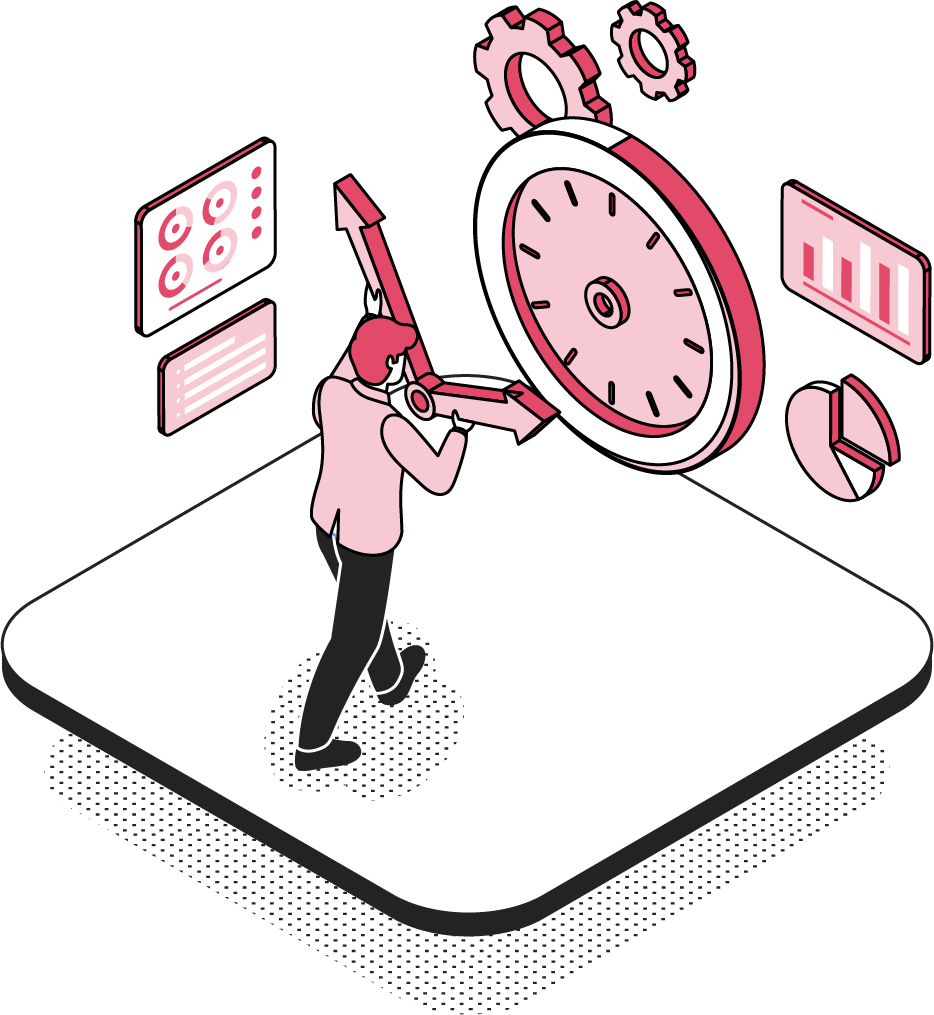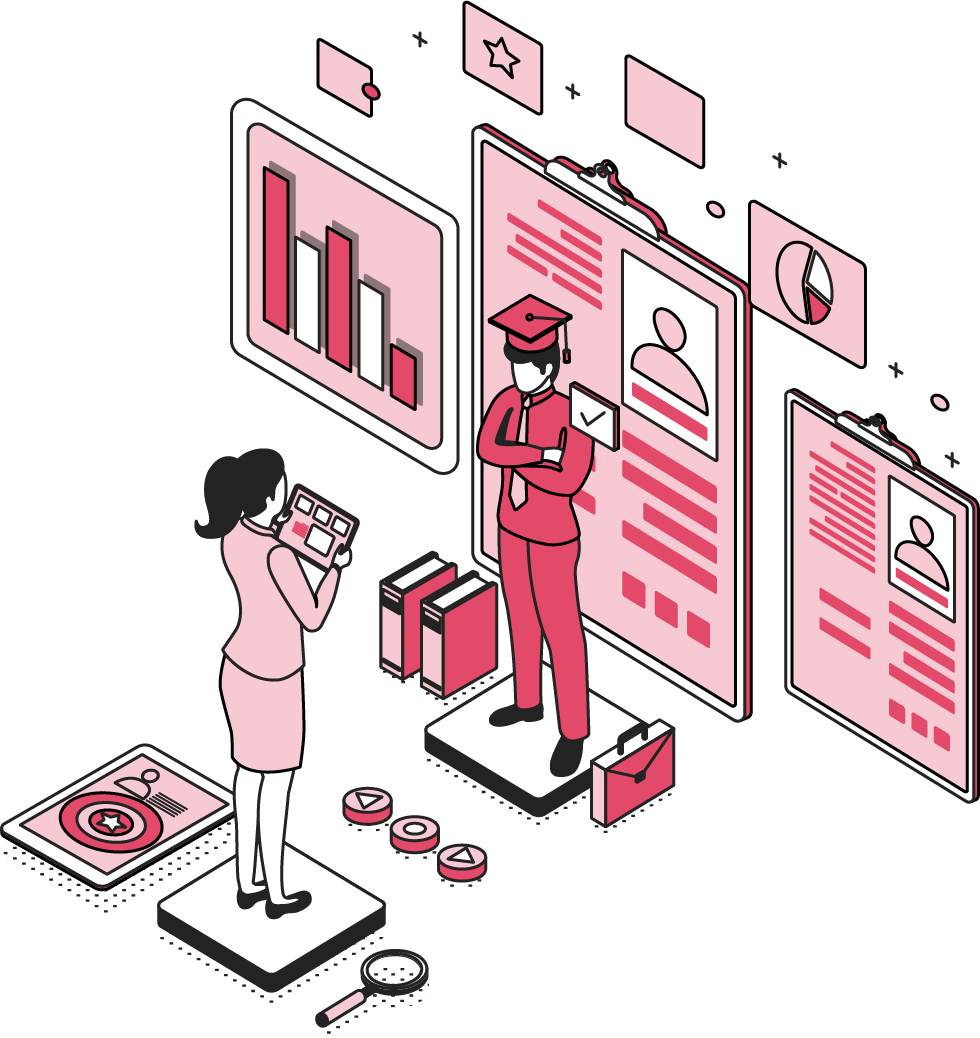Back
GLS Study Hall: Golden Rules For Internal Client Communications
5 min • 01 Sep 24

Introduction
A 2022 report by the Thomson Reuters Legal Executive Institute revealed that 63% of in-house counsel believe that enhancing communication and collaboration with internal stakeholders is one of the top priorities for improving the efficiency and effectiveness of their legal departments. This underscores the growing recognition of the need for in-house legal teams to engage well with other parts of the organisation to deliver better work and contribute to overall business success.
For the in-house legal community, unlike in private practice, building strong relationships with our internal clients requires establishing the right infrastructure to ensure effective and successful client engagements.
In this blog, we highlight key strategies for effectively managing internal client communications. We have also produced an excellent white paper on how to grow the quality of your internal client relationships.
Digital Overdose
The nature of communications has changed profoundly over the last decade. What we have is what we call a digital overdose. People in the in-house space have come to rely far too much on emailing and messaging when it comes to internal communications. But when does it begin to bog us down and become a form of back-and-forth instead of bridging the communication gap?
The drag that excessive digital communications can have on productivity is enormous. The ability to communicate effectively remains pure gold. It is arguably one of the most important parts of our job. We can sit in isolation and we can process bundles of documents and understand what a legal position is and come up with a strategy on what we need to do and what the pathway out of a problem is. But unless we are able to communicate in a cogent and compelling way to our internal client, then the advice becomes redundant. It's about outcomes.
We dub this reliance on digital communications the ‘Salt Effect’. Similar to how salt is essential in moderation but harmful in excess, digital communication should be used judiciously. While emails provide a proven record of communication and are seemingly the best practice, excessive reliance on them can dilute the effectiveness of the message.
Moreover, the assumption that ‘CC’ing someone on an email equates to effective communication is flawed. This practice often leads to the diffusion of responsibility and a false sense of having communicated effectively. The drag on productivity caused by excessive digital communication is significant, and the ability to communicate effectively remains a critical skill for in-house legal teams.
The Importance of Structured Communication
First and foremost, effective communication is vital at every stage of a legal project, from taking initial instructions to providing final advice. The following stages illustrate where communication plays a crucial role:
1. Instruction Stage: When taking instructions from an internal client, it is essential to capture them in writing to ensure clarity and completeness.
2. Clarification: As the project progresses, questions may arise that require clarification. Direct communication at this stage helps avoid misunderstandings.
3. Execution: Communicating effectively during the execution of tasks ensures that all stakeholders are aligned and aware of developments.
4. Objection: If a project or strategy deviates from legal or internal policies, legal teams must communicate objections clearly and promptly.
5. Troubleshooting: In cases where projects face obstacles, direct communication is key to finding innovative solutions.
6. Escalation: When internal approvals or disputes arise, effective communication ensures that issues are addressed and resolved efficiently.
7. Project Completion: Clear communication at the final stage of a project is crucial for ensuring that all objectives are met and any outstanding issues are resolved.
At each of these stages, the quality of communication directly impacts the effectiveness of the legal advice provided.
A Three-Pronged Approach to Effective Communication
To enhance communication effectiveness overall, we recommend a three-pronged approach:
1. Original Instructions (Always Written): All original instructions from a client should be in writing, using a standardised legal service request form. This practice ensures that instructions are clear, complete and easy to follow.
2. Pre- or Post-Email Communication (Rapport Building Through Calling): Instead of defaulting to email, consider placing a quick call to your client before or after sending an email. This approach helps build rapport and ensures that communication channels remain clear.
3. Email for Specific Purposes: Emails should be used sparingly and only for recording agreements, inviting comments, or distributing deliverables. By limiting the use of email, legal teams can reduce the risk of miscommunication and improve the effectiveness of their interactions.
The Case for Calling Over Emailing
Here are 10 great reasons as to why you should consider calling instead of messaging:
◼️Prioritisation Tool: your email will be one of around 50 a day that the client has to read through. Whereas your call will likely be 1 of 3
◼️Immediate Feedback: which is suitable for clarifications, decision making and alignment
◼️Building Rapport: talking directly helps build meaningful relationships.
◼️Enhanced Understanding: verbal communications allows you to cut time spent interpreting nuances that would come with reading between the lines in text (intonation, emotions, etc) This also prevents walking on eggshells and cuts through misunderstandings.
◼️Less Time: calls usually wind up taking less time to get your point across rather than sitting down to compose a well-structured typo-free email
◼️Problem Resolution: talking is the best way to tackle complex issues
◼️Outcome Potency: it’s easier to guide a client to your desired position by speaking through them
◼️Importance: when someone calls, the issue or the relationship will be regarded with more importance
◼️Trust Building: regular chats help build trust – for all the reasons stated above
Focus: Written Instructions
Consequences of not using a legal services request form (LSRF)
◼️Instruction Quality: incomplete, low-quality instructions that you spend valuable time clarifying are one of the biggest pitfalls.
◼️Workflow Allocation: inability to more efficiently leverage optimal work type / SLA prioritisation / skill matching
◼️Responsiveness: reduced ability to build capacity to respond to urgent matters
◼️Work-Flow Analysis: inability to analyse workflows/patterns and better resource management
◼️Forecasting: inability to effectively forecast workflows/man-hour support requirements
◼️Resource Identification: reduced ability to assess and forecast team skill/resource requirements
◼️Self-Help Resources: inability to drive internal client users towards self-help resources
◼️Resource Stretch: chronic resource stretch and consequently low team morale
◼️Client Satisfaction: generally lower than desired internal client satisfaction levels
◼️Transformation: limited collection of data to author/ justify your transformation agenda
◼️SLA Compliance: impaired ability to offer/comply with agreed SLAs
◼️Costs: all the above inefficiencies increase internal cost of advice
◼️Risk & Compliance Record: impaired compliance record and risk intervention opportunity
Breaking Down The 8 Golden Rules For Internal Client Communications:
1. Always get instructions in writing: use a standardised legal services request form to ensure complete and clear instructions from the start.
2. Email for Specific Purposes: Use emails sparingly and ensure they are clear, concise, and purposeful.
3. Calling Before/After Emailing: it really goes a long way in making sure your point was delivered and received well. Plan for a call that doesn't go longer than three minutes. And just by making sure that you prepare for a call that goes for three minutes or less, you are going to structure, organise and arrange your thoughts so you are at your most influential best.
4. Practice Your Craft: Regularly engaging in verbal communication hones your skills and makes you a more effective communicator.
5. Certainty And Compliance: even though it might take a little bit more of your time, we recommend that you prepare a draft of the email that you would like your internal client to send to the relevant party. That way, your internal client is satisfied with your service and your ability to get things moving along. But more importantly, you have a chance to influence the communication that is actually received by the end-user party. It might take you an extra 10 minutes to prepare the email draft, but the frailties of the email as a means of communication can be mitigated as best as possible.
6. Email Length: send communications that are as short and as potent as possible. Lean in heavily on bullet points. If you get a text, which is just a screen full of text, one naturally don't feel compelled to look at it knowing that you're going to have to step back and find time to fully understand it. So put yourself in the shoes of your clients and start serving up your communications the way you’d like to receive it.
7. Conversations: plan for a call that doesn't go longer than three minutes. And just by making sure that you prepare for a call that goes for three minutes or less, you are going to structure, organise and arrange your thoughts so you are your most influential best. Pick times when people are going to be responsive to your call, early mornings usually work best. Avoid the post-lunchtime slump, and right before work ends, when people are in the mood to pack up and leave.
8. Communications Mediums: a small but important point. Try to avoid non-workplace communications platforms. Try to avoid Whatsapp and Telegram, stick to the corporate communications platforms of which we've all got access to most such as Teams or Email. You are able to store these communications and record these communications for your files.
Conclusion
In conclusion, while digital communication tools have their place, in-house legal teams must strike a balance between digital and direct communication methods. Knowing when to use which method of communication saves you precious time and is the mark of making you a better In-House Legal professional.
You can purchase the full video training here.
Ready To Transform Your Legal Team?
Please check out the GLS solutions and know-how resources listed on the right side of this page – they might assist your legal team with the issues explored in this Blog.
© The GLS Group - Law Rewritten

The GLS Legal Operations Centre
Register to access your complimentary Day 1 Resource Stack packed with legal team performance resources.

GLS Ultimate Guide To Legal Operations
Download this and read it thoroughly and regularly. It is a wonderful transformation companion.

Book A No-Obligation Consultation
If you would like discuss your legal transformation needs, please book a 30 minute free consultation with us.

GLS Legal Transformation Boot Camp
Our hugely successful, 10-week long, email-based boot camp on how to effectively transform your legal team.



